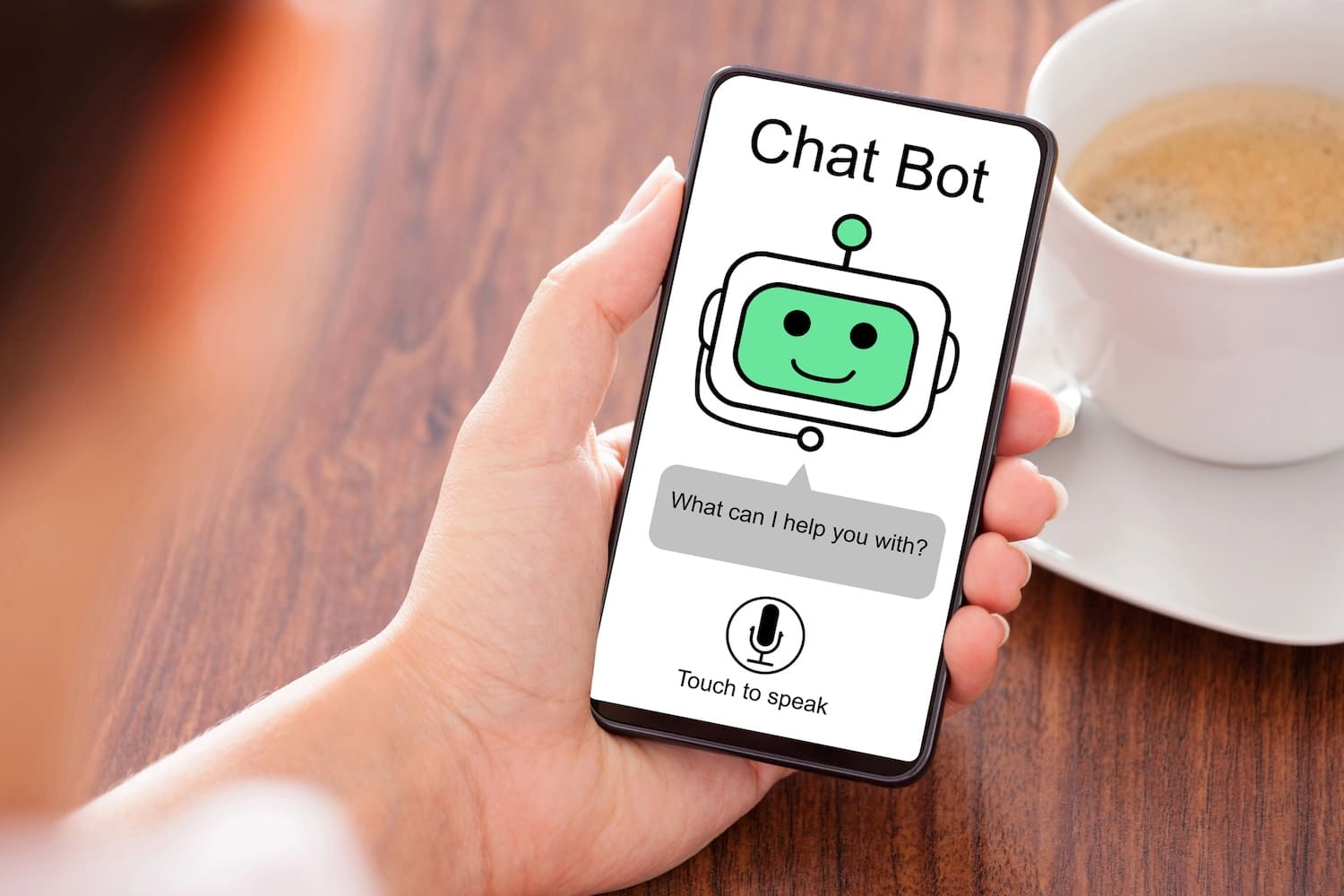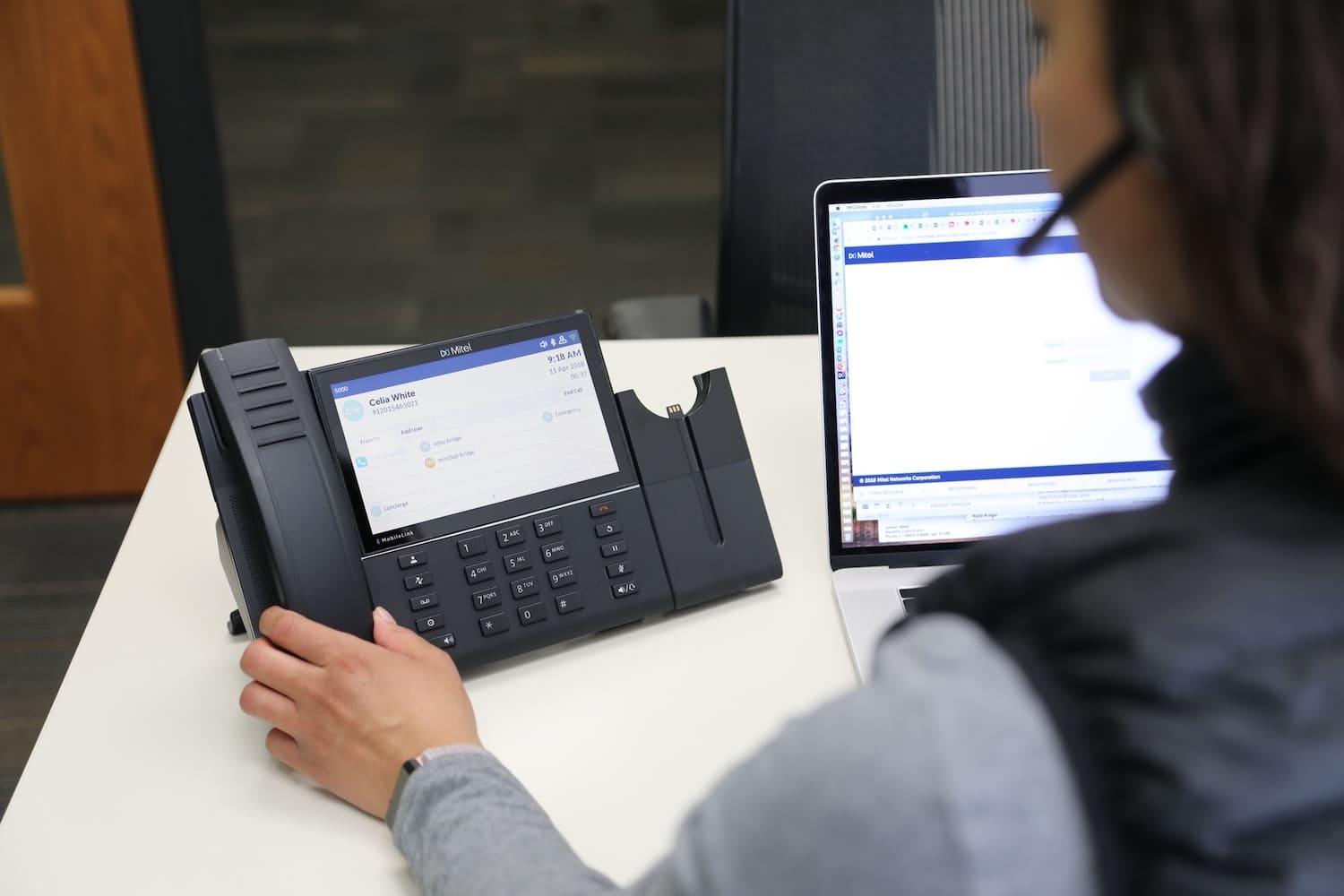Your customers aren’t behaving the way they used to. They’re starting conversations on your website chat, switching to SMS when they’re on the go, then calling your contact centre when they need immediate resolution. They expect you to know exactly where they left off, regardless of which channel they’re using.
If you’re still treating each customer touchpoint as a separate interaction, you’re creating frustration at every step of their journey. Your customers have moved beyond single-channel expectations – they’re living in an omnichannel world, and they expect your business to meet them there.
The challenge isn’t just technological. It’s about fundamentally rethinking how your customers want to interact with your business and redesigning your operations to support their preferred communication patterns.
The Post-COVID Reality: How Australian Consumers Have Changed
The pandemic accelerated digital adoption across Australia by several years in just a few months. Your customers who previously relied on phone calls discovered the convenience of live chat. Those who preferred in-person service learned to navigate digital self-service options. Most importantly, they developed expectations about seamless experiences that persist long after restrictions ended.
Today’s Australian consumers expect choice in how they communicate with businesses. They want to start a conversation on one channel and continue it on another without losing context or having to explain their situation repeatedly. When your systems can’t support this fluid interaction style, every channel switch becomes a source of frustration.
Your customers are also more informed and impatient than ever before. They research solutions independently, compare options across multiple platforms, and expect quick resolution when they do reach out for support. The traditional model of lengthy phone trees and repetitive information gathering doesn’t align with these evolved expectations.
The Channel-Hopping Challenge You’re Facing
You’ve probably noticed customers mentioning previous interactions that don’t appear in your current system. They reference conversations that happened through different channels, express frustration about repeating information, or seem confused when your agents don’t have access to their complete interaction history.
This disconnect happens because most businesses still operate channels in isolation. Your phone system, live chat platform, email support, and social media monitoring exist as separate entities with minimal integration. When customers move between these channels, their context gets lost, creating inefficiency and frustration.
The operational impact extends beyond customer satisfaction. Your agents spend valuable time gathering information that customers have already provided through other channels. Your reporting lacks visibility into complete customer journeys, making it difficult to identify improvement opportunities or understand the true cost of service delivery.

What True Omnichannel Customer Experience Looks Like
Genuine omnichannel customer experience means your customers can engage with your business through any channel at any time, with complete continuity of context and service quality. When implemented effectively, customers never feel like they’re starting over or explaining their situation to someone who should already know their history.
Your agents see complete interaction timelines regardless of which channels customers have used. They understand the customer’s journey, previous attempts to resolve issues, and current context before the conversation even begins. This preparation transforms every interaction from reactive problem-solving to proactive service delivery.
Customers experience consistent service quality whether they’re using voice, chat, email, SMS, or social media. They can choose communication methods based on convenience and preference rather than being forced into channels that suit your operational structure but not their needs.
The Australian Context: Local Expectations and Behaviours
Australian consumers value straightforward communication and efficient problem resolution. They appreciate businesses that respect their time and don’t make them jump through unnecessary hoops to get help. This cultural preference for direct, no-nonsense service aligns perfectly with effective omnichannel strategies.
Your Australian customers are also increasingly mobile-first in their digital interactions. They expect SMS notifications, mobile-optimised chat experiences, and the ability to seamlessly transition between mobile and desktop interactions. Ignoring mobile preferences limits your ability to serve customers when and how they want to engage.
Social media plays a growing role in customer service expectations, particularly for younger demographics. Customers expect businesses to monitor and respond to social mentions, treat social interactions as legitimate service channels, and maintain consistent brand voice across all platforms.
Building Your Multi-Channel Strategy
Developing effective multi-channel customer experience starts with understanding your customers’ actual journey patterns rather than assuming how they prefer to interact. Analyse your current channel usage, identify common switching patterns, and map the friction points that frustrate customers and waste agent time.
Unified Customer Profiles: Your first priority should be creating complete customer profiles that capture interactions across all channels. When customers contact you through any method, your agents should immediately see their complete history, preferences, and current situation.
Consistent Information Architecture: Ensure that customer data, product information, and service procedures remain consistent across all channels. Customers shouldn’t receive different answers to the same question depending on whether they call, chat, or email.
Seamless Escalation Paths: Design clear procedures for moving customers between channels when appropriate. Sometimes chat conversations need voice follow-up, or phone calls require email documentation. These transitions should feel natural and helpful rather than like administrative burdens.
Channel-Appropriate Messaging: While maintaining consistency, adapt your communication style to each channel’s strengths. Chat interactions can be more casual and emoji-friendly, while email communications might be more formal and detailed.
Technology Integration Without Disruption
You may not need to replace all existing systems to achieve omnichannel customer experience. Modern integration platforms may be able to connect with your current tools while adding unified reporting and customer journey visibility. This approach preserves your technology investments while enabling the seamless experiences customers expect.
Focus on integration points that deliver immediate customer value. Start with connecting your highest-volume channels and gradually expand integration as you prove value and build operational confidence.
Measuring Success: What Actually Matters
Traditional channel-specific metrics don’t capture omnichannel effectiveness. Instead, track customer journey completion rates, cross-channel resolution times, and satisfaction scores that reflect complete experiences rather than individual touchpoints.
Monitor how often customers need to switch channels to resolve issues. High channel-switching rates often indicate gaps in your omnichannel strategy rather than customer preference for variety.
Your Competitive Advantage Through Omnichannel Excellence
Australian businesses that master omnichannel customer experience can create significant competitive advantages. They may reduce service costs through more efficient operations while improving customer satisfaction and loyalty. They can also generate better business intelligence by understanding complete customer journeys rather than fragmented channel interactions.
Your customers are already expecting omnichannel experiences. The businesses that deliver them first will capture market share and customer loyalty while competitors struggle with disconnected, frustrating service experiences.
The question isn’t whether to develop omnichannel capabilities, it’s how quickly you can implement them before customer expectations outpace your ability to deliver the seamless experiences they now consider standard.
Not sure where to start? Reach out to our team today to chat through your requirements in further detail.





